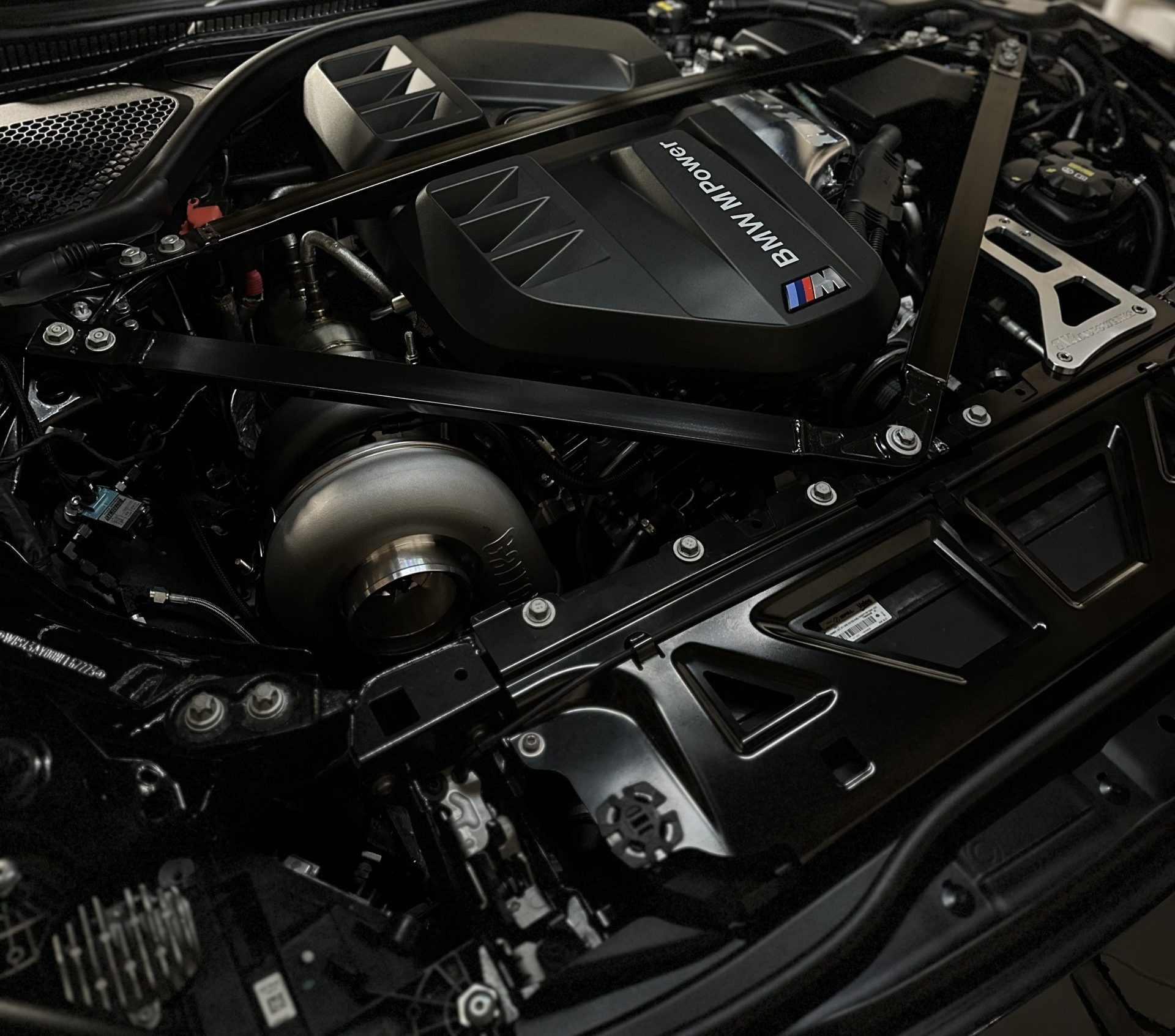Just how to Keep Your BMW Engine for Optimum Efficiency and Longevity
Unveiling the Intricacies of Next-Generation Power Units: a Deep Dive Into Advanced Engine Technologies and layouts
As we stand on the precipice of a new period in transport, the complexities of next-generation engine layouts beckon us to discover the sophisticated modern technologies and technologies that assure to redefine the driving experience. Digging much deeper into the realms of discharge control, smart engine management systems, and the perspective of power system advancement, we find ourselves on the cusp of a transformation that promises to reshape the landscape of flexibility as we recognize it.
Advancement of Engine Products

The shift in the direction of advanced engine materials has likewise made it possible for engineers to design engines with greater power outcomes while keeping gas effectiveness requirements. For instance, using lightweight products decreases the general weight of the engine, causing boosted gas economic situation and reduced exhausts. In addition, advancements in products technology have actually permitted far better thermal management within engines, causing raised reliability and longevity.
Turbocharging and Supercharging Technologies
How do Turbocharging and Supercharging Technologies revolutionize engine efficiency and effectiveness in contemporary vehicles? Turbo charging and turbocharging are innovations that considerably enhance engine efficiency by enhancing the quantity of air intake into the burning chamber. Turbocharging achieves this by making use of a wind turbine driven by exhaust gases to pressurize the intake air, while turbo charging utilizes a belt- or chain-driven compressor to attain the exact same impact.
These technologies make it possible for smaller sized, a lot more fuel-efficient engines to produce power equal to larger ones, recognized as downsizing. By requiring more air right into the cylinders, turbocharging and supercharging boost combustion performance, causing boosted horse power and torque outcome without a significant rise in engine dimension. This leads to far better acceleration, lugging ability, and general driving performance.
In addition, supercharging and turbocharging add to improved gas effectiveness by allowing the usage of smaller sized engines that consume less gas under normal driving conditions - bmw engine. This combination of enhanced performance and performance has actually made turbocharging and turbo charging essential elements of several modern engine styles
Emission Control and Environmental Influence
With increasing worldwide worries regarding air quality and environmental sustainability, the execution of emission control innovations in automobiles plays an essential role in minimizing dangerous pollutants released into the atmosphere. Modern cars are furnished with innovative emission control systems that help minimize the environmental effect of automotive procedures. Catalytic converters, for example, are designed to convert toxic gases such as carbon monoxide, nitrogen oxides, and hydrocarbons into much less hazardous compounds like carbon dioxide and water vapor.
Additionally, developments in engine technology, such as the integration of exhaust gas recirculation systems and selective catalytic reduction, have significantly added to decreasing exhausts. These technologies function in tandem to enhance burning effectiveness and minimize the launch of unsafe contaminants into the air. Additionally, the growth of crossbreed and electric vehicles stands for an important step in the direction of minimizing the general environmental impact of the transport market.
Intelligent Engine Management Equipment

Moreover, these systems enable automobiles to satisfy stringent discharges standards without endangering performance, offering a more eco pleasant driving experience. The integration of expert system and maker knowing abilities in engine administration systems remains to push the borders of what is possible, causing further enhancements in performance, reliability, and general vehicle my blog performance. bmw engine. As auto technology developments, smart engine management systems will certainly play a crucial function fit the future of transportation towards a much more lasting and efficient instructions
Future Trends in Power Unit Development
As smart engine monitoring systems lead the way for boosted control and optimization in modern automobiles, future fads in power unit development are positioned to redefine the landscape of automobile propulsion modern technologies. One of the essential patterns driving innovation in power device development is the change in the direction of electrification. With a boosting focus on sustainability and lowering carbon emissions, hybrid and electric powertrains are ending up being more prevalent in the automobile sector. These different source of power offer improved efficiency and performance while aligning with strict ecological laws.
One more substantial trend is the integration of advanced materials and producing techniques. Lightweight materials such as carbon fiber and light weight aluminum are being made use of to reduce overall lorry weight, boosting gas efficiency and performance. Additionally, innovations in 3D printing and additive production are allowing the production of intricate engine elements with higher accuracy and sturdiness.
Moreover, man-made intelligence and artificial intelligence are playing an essential function in enhancing power unit performance. These technologies enable real-time tracking and adaptive control, causing much more reputable and efficient power distribution. Generally, future patterns in power system advancement are tailored towards performance, sustainability, and effectiveness, driving the go vehicle sector towards a brand-new era of propulsion innovations.

Verdict
In verdict, the developments in engine products, turbocharging, exhaust control, and intelligent administration systems have actually led the way for next-generation power systems. The intricate designs and advancements in modern-day engines display the recurring evolution of automobile innovation.
Discovering the dynamic innovations in engine products has actually been essential in enhancing the performance and performance of modern-day engines. Over the years, the evolution of engine materials has played a crucial role in pushing the boundaries of what engines can achieve.The shift towards progressed engine products has actually additionally made it possible for designers to make engines with greater power results while keeping gas effectiveness requirements.The application of intelligent engine administration systems in contemporary cars has transformed the way engines are controlled and optimized for performance and performance. By collecting data in real-time and evaluating it with sophisticated algorithms, smart engine monitoring systems can adjust to driving styles, environmental factors, and engine health to like this maximize power result while decreasing gas usage and discharges.